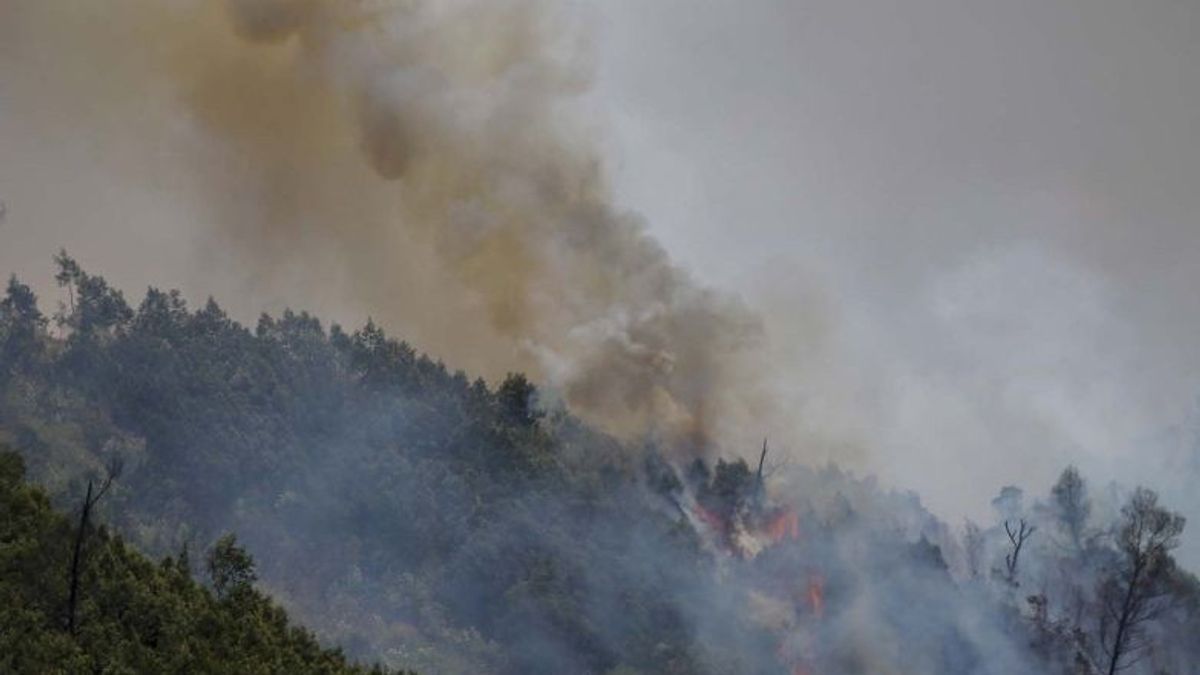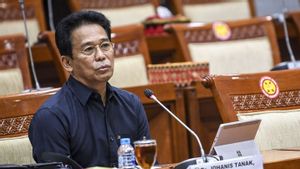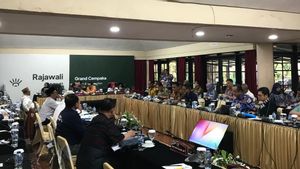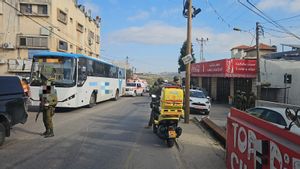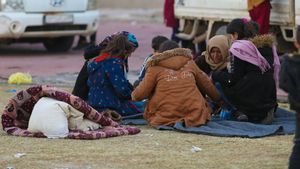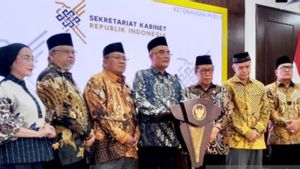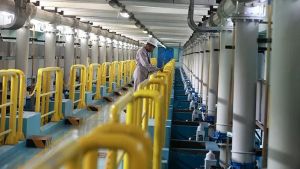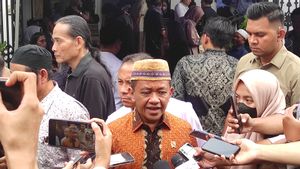JAKARTA - The Ministry of Environment and Forestry (KLHK) continues to strive to restore a growing ecosystem and damaged animals due to forest and land fires in the Bromo Tengger Semeru National Park (TNBTS) area, East Java.
Director General of Natural Resources and Ecosystem Conservation (KSDAE) Satyawan Pudyatmoko said ecosystem restoration activities can be carried out through natural mechanisms, rehabilitation, or restoration.
"The recovery form is determined by the results of studies on several components, including the initial conditions of the forest, the status of biodiversity, the structure of vegetation, climatological conditions, the availability of parent trees, wildlife cruising areas and potential disturbances to forests," he said as quoted by ANTARA, Thursday, September 14.
Satyawan revealed that the burned area in the TNBTS area is dominated by the savana ecosystem with various types of fire and there are trees scattered unevenly.
The Ministry of Environment and Forestry carried out recovery through natural mechanisms by increasing regional security patrol activities and monitoring of hotspots.
As for certain areas with the dominance of trees, rehabilitation is carried out in the form of planting trees with the original type TNBTS, namely spruce, silver, and whiteish.
"The plan for ecosystem recovery activities will begin immediately, so that the implementation of ecosystem recovery activities in the field can be carried out immediately," said Satyawan.
The time it takes to restore an ecosystem depends on the shape of the initial ecosystem.
The higher the biodiversity index, the longer it takes for ecosystem recovery because ecosystems with high biodiversity indexes have a high number of biological species with inter-type interaction systems and between types and their more complex non-hythmic environments.
SEE ALSO:
When comparing the savana ecosystem with the forest ecosystem with a tight stand, Satyawan explained, it is possible that the savana ecosystem will need a relatively faster time to recover compared to the forest ecosystem.
"Ecosystem recovery activities by means of natural mechanisms and rehabilitation can accelerate the recovery of ecosystems in burned areas in the TNBTS area," Satyawan said.
On September 6, 2023, forest and land fires occurred in the Watangan Valley Savana Block or Teletubbies Hill in the TNBTS region due to flare sparks during a pre-wedding photo session.
Even though it has entered its ninth day, the fire is still burning, burning the forest and land of TNBTS due to hot weather and strong winds.
Director of Conservation Area Management Jefry Susyafrianto said the field team was still trying to reduce the number and size of the fire. In fact, several cooling stages also take time.
"Like yesterday after being extinguished and in the cooling process, then the wind blowing hard and the existing coal from the bushes lit again into flames," concluded Jefry.
The English, Chinese, Japanese, Arabic, and French versions are automatically generated by the AI. So there may still be inaccuracies in translating, please always see Indonesian as our main language. (system supported by DigitalSiber.id)
